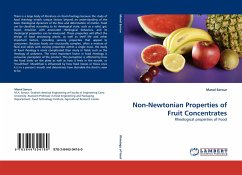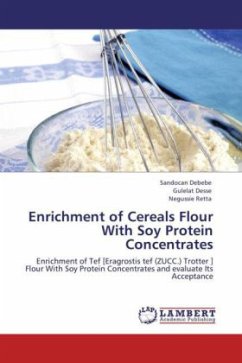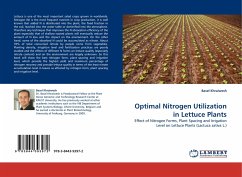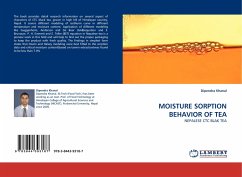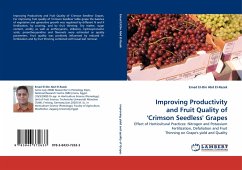There is a large body of literature on food rheology because the study of food rheology entails unique factors beyond an understanding of the basic rheological dynamics of the flow and deformation of matter. Food can be classified according to its rheological state, such as a solid, gel, liquid, emulsion with associated rheological behaviors, and its rheological properties can be measured. These properties will affect the design of food processing plants, as well as shelf life and other important factors, including sensory properties that appeal to consumers. Because foods are structurally complex, often a mixture of fluid and solids with varying properties within a single mass, the study of food rheology is more complicated than study in fields such as the rheology of polymers. The most important factor in food rheology is consumer perception of the product. This perception is affected by how the food looks on the plate as well as how it feels in the mouth, or "mouthfeel". Mouthfeel is influenced by how food moves or flows once it is in a person's mouth and determines how desirable the food is seen to be.
Bitte wählen Sie Ihr Anliegen aus.
Rechnungen
Retourenschein anfordern
Bestellstatus
Storno

